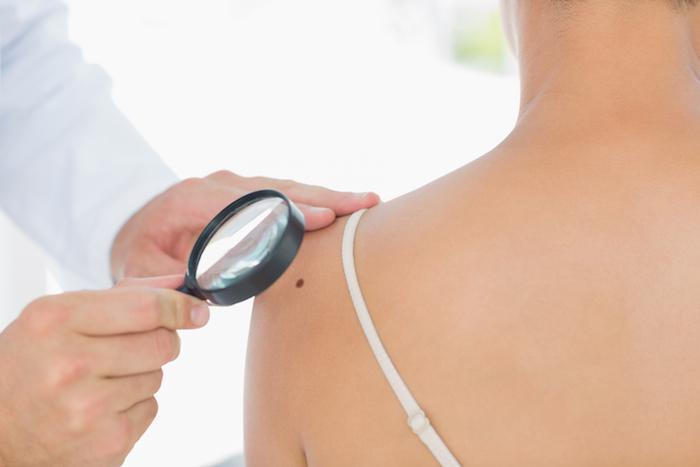
Changes in your skin can occur rapidly to which you need to keep attention. Most people comment about their skin issues when the matter becomes worse. Most times, it is the reason for them not attending to their body. While mostly, people find something changed within their bodies but ignore it early. And it takes them farther from proper treatment. Different skin issues arise that you can experience easily. But it depends on how well you consider them as simple and threatening.
Consider moles for example that develop on your skin. Although they differ in colors, you can easily spot them on your skin. Mostly, they have a brownish color or a darker shade. And you can see them in spots. Either way, it depends on how well you can identify them. Mostly, doctors do not suggest moles as threatening or even cancerous. But this is half the idea of theirs since some moles do turn cancerous. Hence, predicting the right step at the ideal time is the key.
Here, we will be discussing everything that comes with moles you need to know. And also do not forget to check more about moles. At last, we will also guide you on when you may book your doctor for a check-up or a removal treatment.
Skin Moles Types
At first, predicting anything is just a minute step you take. However, sometimes, smaller things find division in sub-categories. And we need to study them to make sure we find accurate treatment and consultation. Your moles can develop in different ways. They can even begin from various ages and you cannot know the details. Thankfully, we have the right read!
Moles can range from 10 to 40 people. Generally, they remain lower than 40. Although they can appear from birth, accurate and abundant moles appear by the age of 20. Primarily, moles have three sub-categories depending on the ages they occur and the threat they may pose.
- Congenital Moles
Moles can develop and begin from any age. However, they can even begin right from birth. This means a child that is born can come with moles known as congenital moles. In general, around 1 percent of people only come with this mole type. In addition, children that carry these moles are at a higher risk. It is since this mole type is favorable to turn into skin cancerous. Simply, it is a cancerous mole.
- Acquired Moles
Some moles can develop after your birth but they remain a concern. However, the moles that develop in childhood and early adulthood have nothing to do with turning cancerous. This means that such moles can easily be avoided and taken as a lesser threat. Acquired moles are non-cancerous but develop when your skin is facing more exposure to the sun.
- Atypical Moles
Atypical moles are cancerous and generally develop if you have a family history with them. Hence, this mole type has nothing in a link with your routine and birth orders. But it comes from a family disorder you can find to come against. Moreover, families that have a trend of skin cancer can continue this trend in newborns. In essence, predicting and determining this mole is also relatively difficult. They have an irregular pattern, and no fixed color scheme appears. However, you may observe brown shades at the center.
Visiting a Doctor
You may consider visiting a doctor before it is late but visiting at the perfect time is the key. While moles can be cancerous and non-cancerous, you still want to be an early treater. For this, make sure to keep a regular examination of your skin. Whenever you see certain brown spots, just be sure to consult a professional. It is since the spots may be moles and you can avoid them turning cancerous.
In addition, some people have a family history of suffering from skin cancer. It can mean that you will be certain of receiving cancerous moles. You can make regular check-ups with your skin specialist so any profound issue can be treated straight away. It is your way of keeping ahead of possible threats.
In essence, it is also easier to determine when is the time to see your doctor for a check-up or treatment. Just remember A, B, C, D, and E!
- Asymmetry
This mole type has two halves of different natural, often it is about the shape.
- Border
Such a mole has an irregular border that makes it often difficult to identify.
- Color
Some moles carry different and variable colors. These include shades of brown, black, red, white, and blue.
- Diameter
Often, a few moles have larger diametric size.
- Evolving
It is specific for a mole that has its color, shape, and size evolving.
